Introduction to Bird Plumage
Bird plumage, the feathered covering found on birds, is a remarkable feature that not only defines their appearance but also plays a crucial role in their survival. Feather colorations can vary immensely among species, with some exhibiting vivid, striking hues while others maintain a more subdued, monochrome palette. These differences in coloration prompt intriguing questions about the underlying reasons and mechanisms that drive such diversity in bird plumage.
Plumage serves multiple purposes beyond mere aesthetic appeal. It is instrumental in areas like thermoregulation, camouflage, attracting mates, and even signaling social status within bird populations. Understanding the variations and functions of bird feathering helps ornithologists and researchers delve into the mysteries of avian life, providing insights into evolutionary processes, mating behaviors, and habitat adaptations.
Engaging with the study of bird plumage opens up a panorama of scientific inquiry.
For instance, why do some birds evolve vibrant plumage, while others take on an understated, monochromatic appearance? Does the environment significantly influence these colorations, or do genetic factors play a more substantial role? Recognizing the significance of bird plumage is a gateway to unraveling these complex and captivating biological puzzles.
As we delve deeper into the world of avian feathering, this blog will uncover the mechanisms behind the variegated and single-toned feathers of birds. Subsequent sections will explore the roles of genetics, environmental influences, and their combined impact on bird coloration. This comprehensive examination aims to shed light on one of nature’s most visually engaging phenomena, laying a foundation for a broader understanding of how plumage has evolved to serve multiple functional and survivalist purposes in the avian kingdom.
Colorful vs. Monochrome: An Evolutionary Perspective
Understanding the evolutionary mechanisms behind the varied plumage in birds involves examining how coloration can influence survival. The divergence between colorful and monochrome birds can often be attributed to their need for either camouflage or attraction. Camouflage serves as a vital survival strategy for many species, particularly those living in dense vegetation or predator-rich environments. Birds like sparrows and doves exhibit monochrome plumage, blending into their surroundings to avoid predators. Such coloration helps them remain unnoticed while they forage or nest.
On the other hand, bright and vibrant plumage in birds, such as peacocks and parrots, often plays a role in mating rituals and territorial displays. These colors can signal genetic fitness to potential mates, thereby extending their lineage. Certain species use their vibrant plumage to establish dominance and secure breeding opportunities. For example, male birds-of-paradise exhibit elaborate colors and feathers to captivate females, a clear demonstration of sexual selection at work. These evolutionary advantages ensure the propagation of genes linked to such traits.
Environmental factors also play a crucial role in the evolution of bird plumage.
Birds in different habitats face distinct selective pressures. In tropical rainforests, lush green foliage and varied flora create a backdrop where vibrant colors can either offer concealment or visibility, depending on the species’ ecological niche. Conversely, birds inhabiting arid or open regions benefit from more subdued tones which allow them to blend seamlessly into their sparse surroundings.
Genetic factors further contribute to plumage diversity, where mutations and genetic variations result in different coloration patterns. Natural selection continuously acts upon these genetic variances, enhancing traits that promote survival and reproductive success. Evolutionary processes like genetic drift and gene flow add further complexity to this dynamic, shaping the plumage over numerous generations. Therefore, the interplay of natural forces, genetic variance, and adaptive significance continually molds the spectrum of bird plumage we observe today.
The Science Behind Colorful Feathers
The vivid and diverse plumage of birds is a result of complex biological mechanisms that involve both pigmentation and structural coloration. Pigmentation occurs due to the presence of certain chemicals within the feathers. Melanins, which are dark pigments, provide shades of black, brown, and grey. These pigments are synthesized in the bird’s body and distributed throughout the feathers. On the other hand, carotenoids are pigments responsible for bright yellows, oranges, and reds, originating from the bird’s diet. Remarkably, birds cannot produce carotenoids themselves; they must ingest them from sources such as fruits, berries, and insects. A third pigment type, porphyrins, contributes to red and green hues and can fluoresce under ultraviolet light, further enriching the bird’s appearance.
While pigmentation accounts for many colors, structural coloration plays an equally vital role in creating the diversity of bird plumage.
Structural coloration stems from the nano-structures within the feathers that manipulate light through scattering and interference. These microscopic arrays, often composed of keratin and air pockets, refract light to produce iridescent colors that change with the viewing angle. For instance, the mesmerizing blues seen in many tropical birds emerge not from pigments but from light scattering across these feather structures.
The interplay between pigmentation and structural coloration gives rise to the magnificent array of colors and patterns known in the avian world. In some species, the combination of these mechanisms can produce intricate designs, such as spots, stripes, and gradients, that not only serve aesthetic purposes but also play crucial roles in camouflage, mating rituals, and social signaling. Understanding these biological processes highlights the fascinating complexity behind avian beauty, revealing how nature’s exacting artistry impacts bird behavior and ecology.
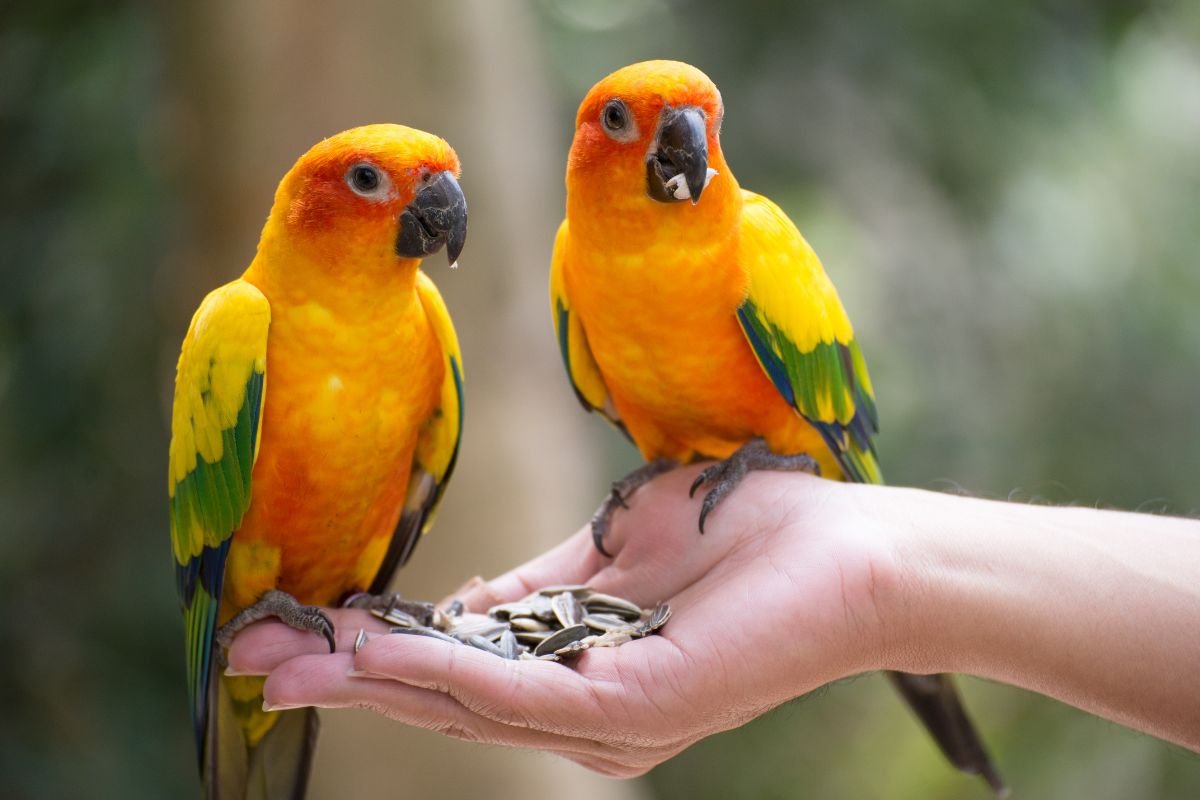
The Role of Diet in Feather Coloration
The coloration of bird feathers is intrinsically linked to their diet, with specific nutrients and compounds playing a pivotal role. Carotenoids, a class of pigments found in fruits, insects, and other dietary sources, are crucial in manifesting vibrant colors in bird plumage. When birds consume foods high in carotenoids, these pigments are assimilated into their feathers, resulting in an array of stunning hues ranging from vivid reds and oranges to bright yellows.
One well-documented example is the flamingo, whose iconic pink and orange plumage is directly attributable to their diet of carotenoid-rich algae and crustaceans. Similarly, the rich yellow coloring of the male American Goldfinch comes from a diet predominantly comprising seeds from sunflowers and thistles, both abundant in carotenoids. Other bird species, such as the Scarlet Tanager, derive their striking red feathers from consuming a variety of insects and berries laden with these vital pigments.
Beyond carotenoids, other dietary components also influence feather coloration.
Melanin, for instance, is responsible for darker feathers and can be produced internally through diet-derived amino acids. A diet deficient in these critical nutrients can result in a noticeable dullness or even faded plumage, which can have implications for mating and survival, as vividly colored feathers often play a role in attracting mates and signaling fitness.
In addition to carotenoids and melanin, certain birds also rely on structural coloration, which is not directly derived from diet but can be affected by nutritional health. Birds that depend on structural coloration, such as the Blue Jay, may showcase a shimmering blue hue that results from the microstructure of their feathers manipulating light. While this is not a pigment-based color, the overall health and quality of feathers can still reflect the bird’s nutritional status.
In summary, diet is a fundamental factor in determining the color palette of bird plumage. By understanding the specific nutritional requirements and dietary sources of pigments like carotenoids and melanin, we gain insight into the complex interplay between nutrition and feather coloration in birds.“`html
Geographical Distribution of Colorful Birds
The distribution of colorful birds across the globe is closely linked to specific geographical regions characterized by particular climate conditions and habitats. Tropical rainforests, especially those located in South America, Southeast Asia, and Central Africa, are renowned for hosting a plethora of vibrant avian species. These regions provide an ideal environment—consistent temperatures, high humidity, and lush vegetation—where birds such as parrots, toucans, and hummingbirds can thrive.
The Amazon Basin is a notable hotspot for colorful birds. Encompassing a vast area, this region is teeming with biodiversity. It is home to some of the most dazzling bird species, including the Scarlet Macaw and the Blue-and-yellow Macaw, both of which display an extraordinary array of colors. The complex ecosystem of the Amazon rainforest not only supports the vibrant plumage but also provides ample food sources and nesting sites, vital for the survival and reproduction of these species.
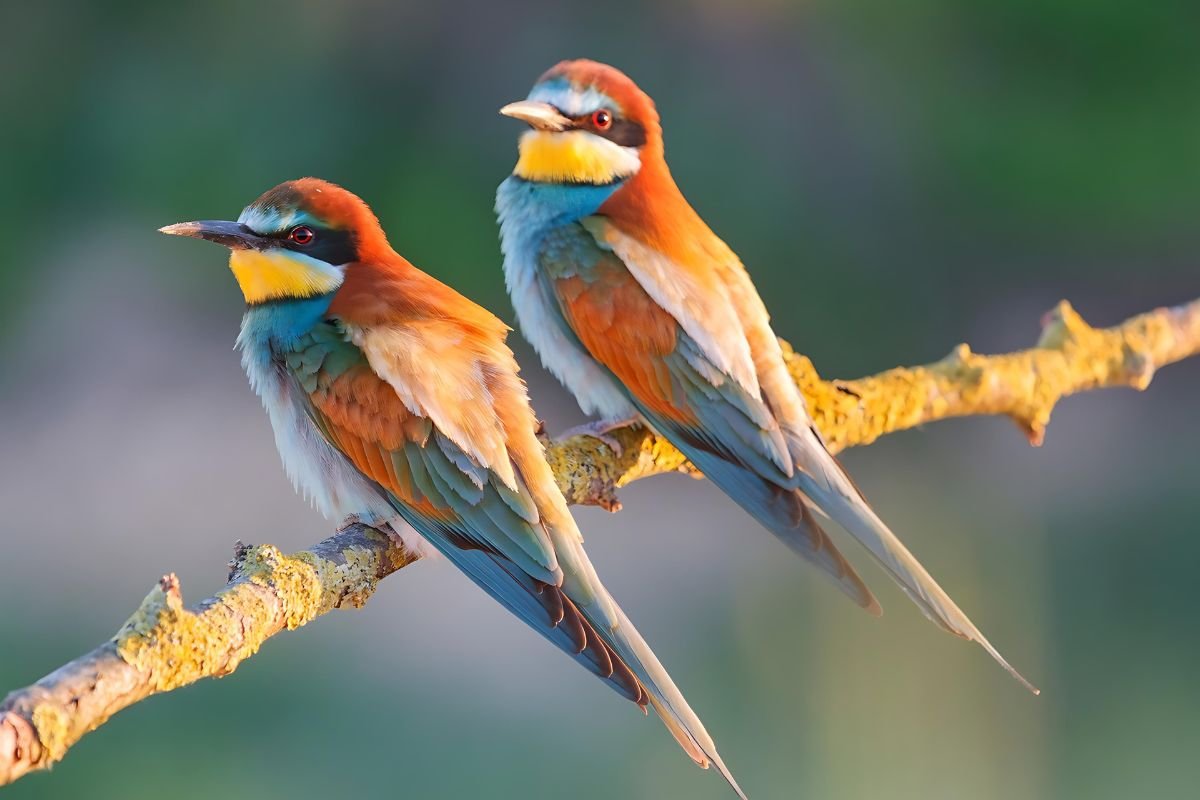
Isolated islands with high levels of biodiversity and endemism, such as the Galápagos Islands, Madagascar, and New Guinea, also harbor a significant number of stunningly colorful bird species.
The isolation of these islands has led to unique evolutionary pathways, allowing birds such as the bird-of-paradise in New Guinea to evolve extraordinary plumage used in complex mating displays. These regions often possess habitats that are less disturbed by human activity, enabling avian populations to flourish.
In Southeast Asia, regions like Borneo and the Philippines are also well-known for their colorful bird species. Birds such as the Crested Parrot and the Oriental Dwarf Kingfisher are just a few examples of the vibrant avifauna that reside in these biodiverse-rich territories. The dense tropical forests in these areas provide the perfect environment for the proliferation of such visually captivating birds.
Overall, the geographical distribution of colorful birds is intrinsically tied to regions that boast rich biodiversity and stable, supportive habitats. These settings not only allow for an array of colors to develop but also sustain the ecological balance necessary for these species to prosper.
Sexual Dimorphism: Males vs. Females
The phenomenon of sexual dimorphism in birds, wherein there is a pronounced difference in coloration between males and females, has intrigued ornithologists for centuries. Typically, male birds exhibit more vibrant and striking plumage compared to their female counterparts. This disparity is primarily driven by mating rituals and the evolutionary advantages of such differences.
Males often display flamboyant colors and patterns to attract potential mates. The bright feathers and elaborate displays act as signals of their genetic fitness, making them more appealing to females during the mating season. These vivid colors can indicate a male’s robust health, superior genetics, and ability to evade predators. Consequently, females are more likely to choose mates with more colorful plumage, enhancing the chances of successful reproduction.
Conversely, female birds usually possess more subdued and cryptic coloration.
This muted appearance provides them with better camouflage, especially during nesting periods when they are most vulnerable. Blending into the surrounding environment helps females protect themselves and their offspring from predators, thereby increasing the likelihood of offspring survival.
Moreover, colorful male plumage is often associated with specific mating behaviors such as courtship displays, dances, and songs, which are integral to the bird’s reproductive strategy. These displays showcase the male’s physical attributes and his behavioral repertoire, further influencing female choice.
From an evolutionary perspective, the dichotomy in plumage coloration between sexes has developed through natural selection. Males with more impressive coloration and display behaviors are more successful in attracting mates and passing on their genes, which perpetuates these traits. On the other hand, females’ preference for camouflage enhances their survival and reproductive success.
Overall, sexual dimorphism in avian coloration underscores the complex interplay between survival strategies and reproductive success, highlighting a fascinating aspect of bird biology and evolution.
Case Studies: Iconic Colorful Birds
Bird plumage has long captured human imagination due to its vivid and diverse array of colors. Among the most iconic examples are the peacock, parrot, bird-of-paradise, and hummingbird, each of which showcases unique traits that underscore their vibrant appearances.
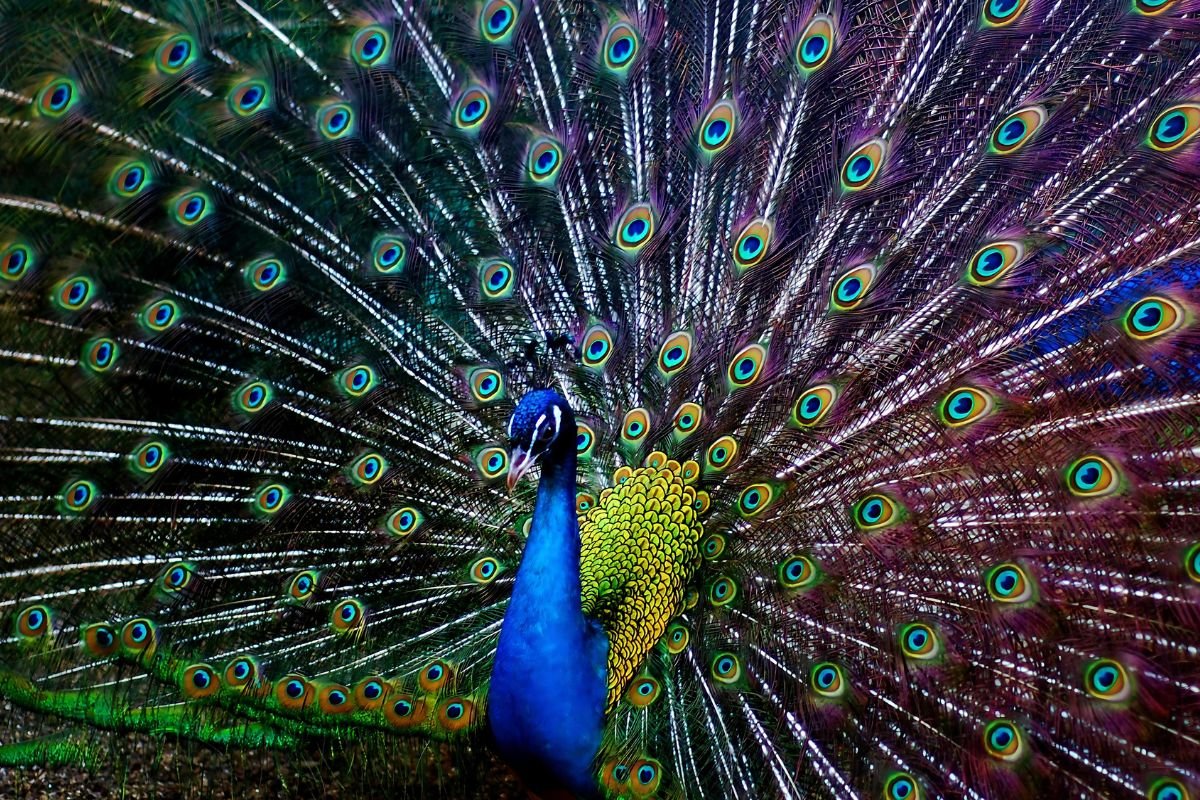
The peacock is perhaps the most classic example of striking avian coloration.
The male Indian peacock’s iridescent tail feathers, adorned with “eye” spots, serve as a striking display during mating seasons. Their elaborate plumage, which can exceed six feet in length, is attributed to sexual selection, where females prefer males with more elaborate and colorful tails. The structural coloration is due to microscopic structures that refract light, creating a shimmering, kaleidoscopic effect.
Parrots, found across tropical and subtropical regions, are renowned for their bright and varied plumage.
Species such as the Scarlet Macaw exhibit a kaleidoscope of reds, yellows, and blues. These colors are primarily due to pigments called psittacofulvins, unique to parrots, and the interaction of these pigments with structural coloration. Additionally, parrots’ bright colors may also play a role in social signaling, aiding in mate attraction and recognition amongst their groups.
Meanwhile, the birds-of-paradise, endemic to New Guinea and surrounding islands, display some of the most elaborate and intricate plumage known in the bird world.
Their exceptional diversity in color and form arises from intense sexual selection. Complex mating dances and feather structures, such as those from the Wilson’s Bird-of-Paradise, which showcases an array of startling blues, reds, and yellows, highlight the lengths to which these birds go to attract mates.
Lastly, hummingbirds are remarkable for their iridescent plumage.
The vividness of their colors can change with the angle of light, thanks to microscopic platelets in their feathers that cause iridescence. Species like the Ruby-throated Hummingbird display striking red throats that can appear black in the absence of direct light. These iridescent feathers not only serve in courtship but are also essential for their territorial displays.
These colorful avian examples underscore the various evolutionary pressures, such as sexual selection and social signaling, that drive the development of their remarkable plumage. Their vibrant feathers serve multiple purposes that go beyond mere aesthetics, playing crucial roles in survival and reproduction.
Conservation Implications of Bird Coloration
Understanding bird coloration is pivotal in conservation efforts aimed at preserving biodiversity. Bird plumage often reflects environmental quality and changes, making it a significant indicator of ecosystem health. Vibrantly colored birds, for instance, are frequently found in pristine habitats where food resources are abundant and diverse, suggesting a direct link between vibrant plumage and a healthy environment. Conversely, environmental degradation, such as pollution and deforestation, leads to a decline in such populations. These changes can be detrimental, not only to the birds themselves but also to the wider ecological network they support.
Colorful birds often play essential roles in their ecosystems, including seed dispersal and pollination.
The decline of species such as the Scarlet Macaw or the Ruby-throated Hummingbird could disrupt these processes, leading to cascading effects throughout the ecosystem. Hence, protecting these birds means extending protection to the broader environmental landscapes they inhabit, which, in turn, supports a host of other species.
Current conservation efforts involve habitat restoration, legislative protection, and community engagement initiatives. Organizations like the World Wildlife Fund and BirdLife International are actively working to mitigate the impacts of climate change and habitat loss. For instance, many conservationists employ avian coloration studies to monitor and predict changes, adapting strategies to ensure the survival of both colorful and monochromatic species. These strategies include creating wildlife corridors, restricting land use in critical areas, and fostering partnerships with local communities to promote sustainable practices.
Moreover, advancements in technology, such as satellite tracking and genetic research, are increasingly being utilized to gather data on bird populations and their habitats.
This information is crucial for designing effective conservation plans that address specific threats to diverse bird species. Overall, by focusing on bird coloration, conservationists can develop more nuanced approaches, targeting the underlying environmental issues that threaten these irreplaceable populations.
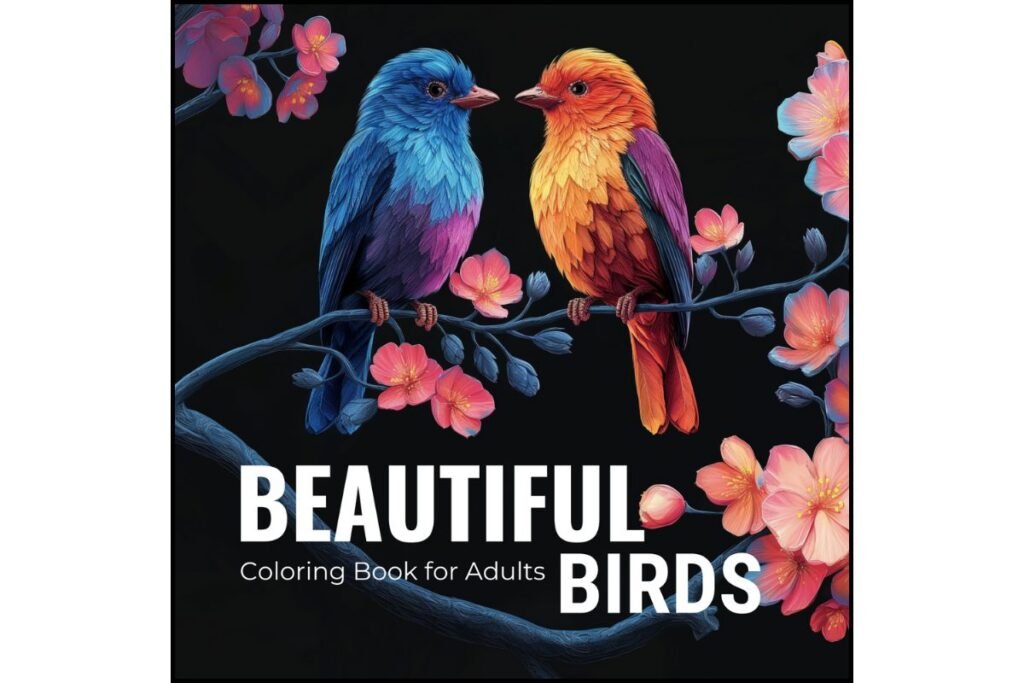

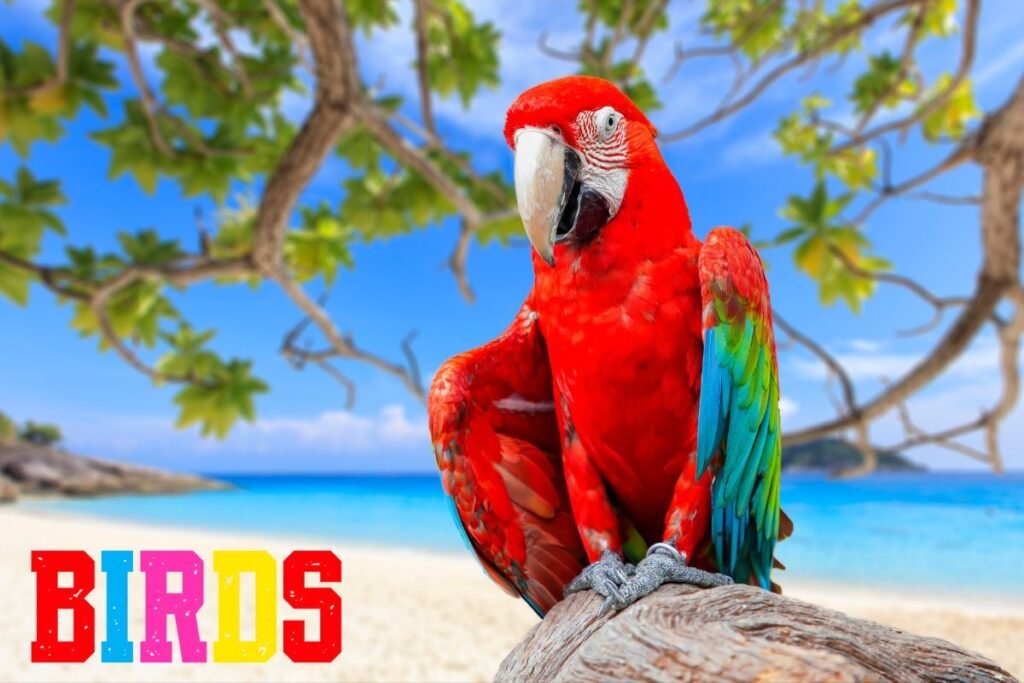
Pingback: Discover the Magic of the Geometric Alphabet Coloring Book for Adults